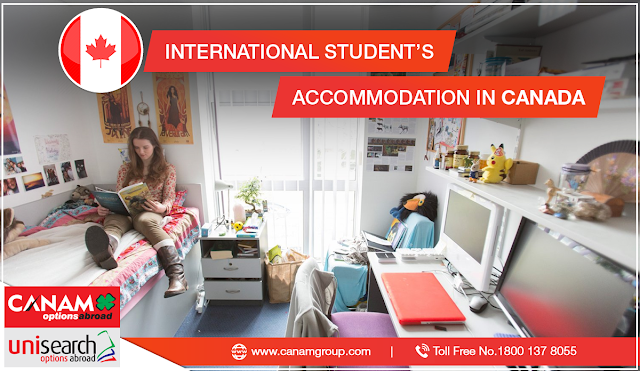After the student has gone through the application process, the next step is to appear before the admission committee through video conferencing. Nowadays, video Interviews for college program are becoming very common for an international student who does not have resources to visit campuses in foreign countries for college interviews. The rule of appearing for a video interview is similar to that of a face-to-face meeting.
Top universities and colleges take video interview very, very seriously. Keep the following points in mind to ace the video interview:
STEP 1: Understand the functionality of Skype, Google hangout:
First and the foremost task is to find out what platform or application the college uses for video interviews. After that, the student should understand the proper functionality of that very application. Try practising with the technology before the video interview. By exercising it will negate all the possibilities of blunders like if the student accidentally clicks on something that makes the screen hideaway, then he would know how to get back quickly.
Try to practice with a friend. Test and try every feature of that application. Make sure; the app is compatible with the operating platform.
STEP 2: Make the surrounding is bright and clean:
The student should remember that he is required to give an interview while sitting on a desk in a quiet and neat little office. It does not matter where the student lives. If the student worries that the meeting will be interrupted by his unpredictable siblings or roommates, make sure the interview is set up in an ideal environment or requests them not to disturb in between the conversation. Try to look for a space that is without any clutter, no touches of humour posters around on the wall that could be seen on camera. Also, make sure the internet connection is continuous and robust electricity as well.
STEP 3: Present yourself well:
Students should make sure to construct a professional persona in front of the admission committee. Students should present themselves as nice just like they would do in-person. It means students should take a bath, trim their hair, and wear a nice suit and nice shoes. By taking the appearance seriously, it will put them in a better mindset.
Make a serious note: the student should take serious note here about their looks. Avoid getting caught up in the looks. Getting trapped in our own image is easy. Students should resist that urge and make sure to keep looking at the camera as much as possible or, else, the interviewee would feel awkward on the other side.
STEP 4: Be prepared:
Students are advised to be prepared for the questions the interviewee is going to ask. There are many websites on the internet that provide sample interview questions. Before the interview, students can prepare at least two minutes answer on each. Try to write somewhere the bullet point way hidden from the camera. Do proper research on your responses so that the student will look good. Interviewee wants to confirm if the student is worth the effort.
STEP 5: Try to converse rather than a simple interview:
Interviews are all about getting to know the person and how well students can interact with others. Even if the students have extension notes, they should act naturally in front of the admission committee. Students should make sure that they understand the question well. If not, they can always ask the person to repeat the question. Don’t be afraid to take a moment of silence to recollect yourself.
STEP 6: Be Gracious:
Students should make sure to avoid questions or actions that will make them appear rude in any way. Avoid asking inappropriate questions like ‘how am I doing? Alternatively, do you think I will get into the program? These kinds of questions make the interviewee in a tight spot and will make them uncomfortable. Also, after the interview ended, be sure to thank the interviewee for his/ her time and also send a thank you email.
In a nutshell, students should always try to be themselves. This is one aspect the interviewee is looking for.
If you are planning to
study abroad, then walk into the Canam Consultant branch and our experts will guide you through the entire process. They will help you choose top universities or colleges in Canada, USA, New Zealand, UK, Singapore, etc.





Comments
Post a Comment